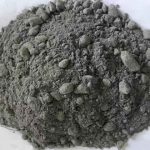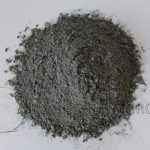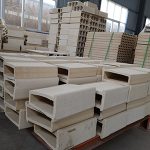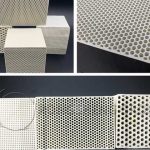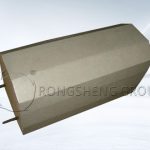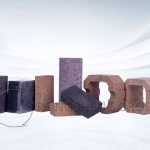The so-called cordierite (Cordierite, 2MgO·2Al2O3·5SiO2) belongs to the hexagonal crystal system and is a magnesium-aluminosilicate mineral. It can be colorless, but usually has different shades of light blue or light purple, has a vitreous luster, and is highly transparent. It is also pleochroic, producing different colors in different directions. The crystal-colored cordierite has a high appreciation value and can even be used as a gem. The density of cordierite is 2.53~2.78g/cm3, and the Mohs hardness can reach 7.0~7.5.
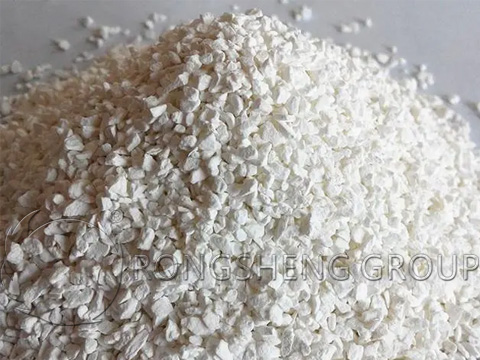
Cordierite has a low coefficient of thermal expansion and is an excellent high-temperature thermal shock-resistant material. It is widely used as ceramic kiln slabs, saggars, electronic packaging materials, catalyst carriers, foam ceramics, bioceramics, and high-temperature heat radiation materials. The natural cordierite ore reserves are very small and the grade is low, and the commonly used cordierite material is synthetic. Due to its low thermal expansion coefficient, strong compressive capacity, and strong fire resistance, it is widely used in the refractory industry.
Application of Cordierite Materials
Cordierite has low thermal expansion properties and good shock resistance, it has good applications in many aspects. such as:
(1) Refractory ceramic materials
Due to the low thermal expansion of cordierite, the life of the cartridge (ceramic-fired packaging material) can be greatly extended. Therefore, cordierite was originally used in saggars. Subsequently, it is used for the shed plate and support material of the tunnel kiln, so that the production cycle can be greatly shortened. Lightweight cordierite material, low thermal conductivity, high temperature and directly used on the flame to achieve high efficiency and energy saving.
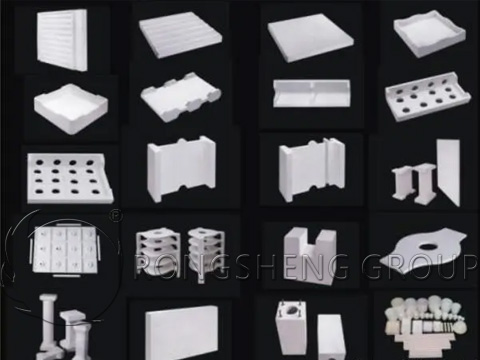
(2) Ceramic catalyst carrier
Cordierite ceramics can be used in the purification of automobile exhaust as a catalyst carrier. Because cordierite has the characteristics of a low expansion coefficient and good adsorption. The catalyst carrier made of cordierite can better adsorb and disperse the catalyst on the carrier, and because of its low thermal conductivity, the catalyst can quickly reach the activation temperature, and the use effect is better.
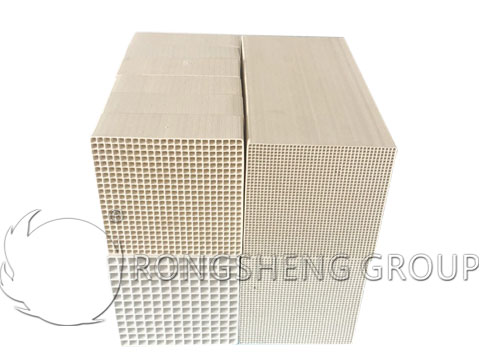
(3) Honeycomb ceramics
The serious pollution caused by automobile exhaust to the human living environment has become the consensus of all countries in the world. At present, drawing on the experience of developed countries, it is the most effective way to install exhaust gas purification mufflers in automobile tail nozzles. American Corning Company successfully developed cordierite honeycomb ceramics in the 1970s. Cordierite honeycomb ceramics are mainly used in automobile combustion gas channels to absorb the heat released by the exhaust gas in the exhaust channel, and then transmit it to other surrounding heat recovery devices in the form of heat radiation. Subsequently, Europe, Japan, South Korea, and other countries have successively developed honeycomb ceramics. In addition to cordierite, low-expansion ceramics such as spodumene and aluminum titanate have also been studied as substrates for honeycomb ceramics.
The cordierite honeycomb ceramic has the following advantages. It has good thermal radiation characteristics, can filter carbon black in automobile exhaust, purify the environment, and can regularly process the carbon black collected by filtration. Compared with metal materials, the operating temperature is high and the corrosion resistance is good. As a muffler device, it is used in the muffler device for exhaust gas of automobiles and motorcycles. Cordierite foam ceramics can be used in the precision casting line.



